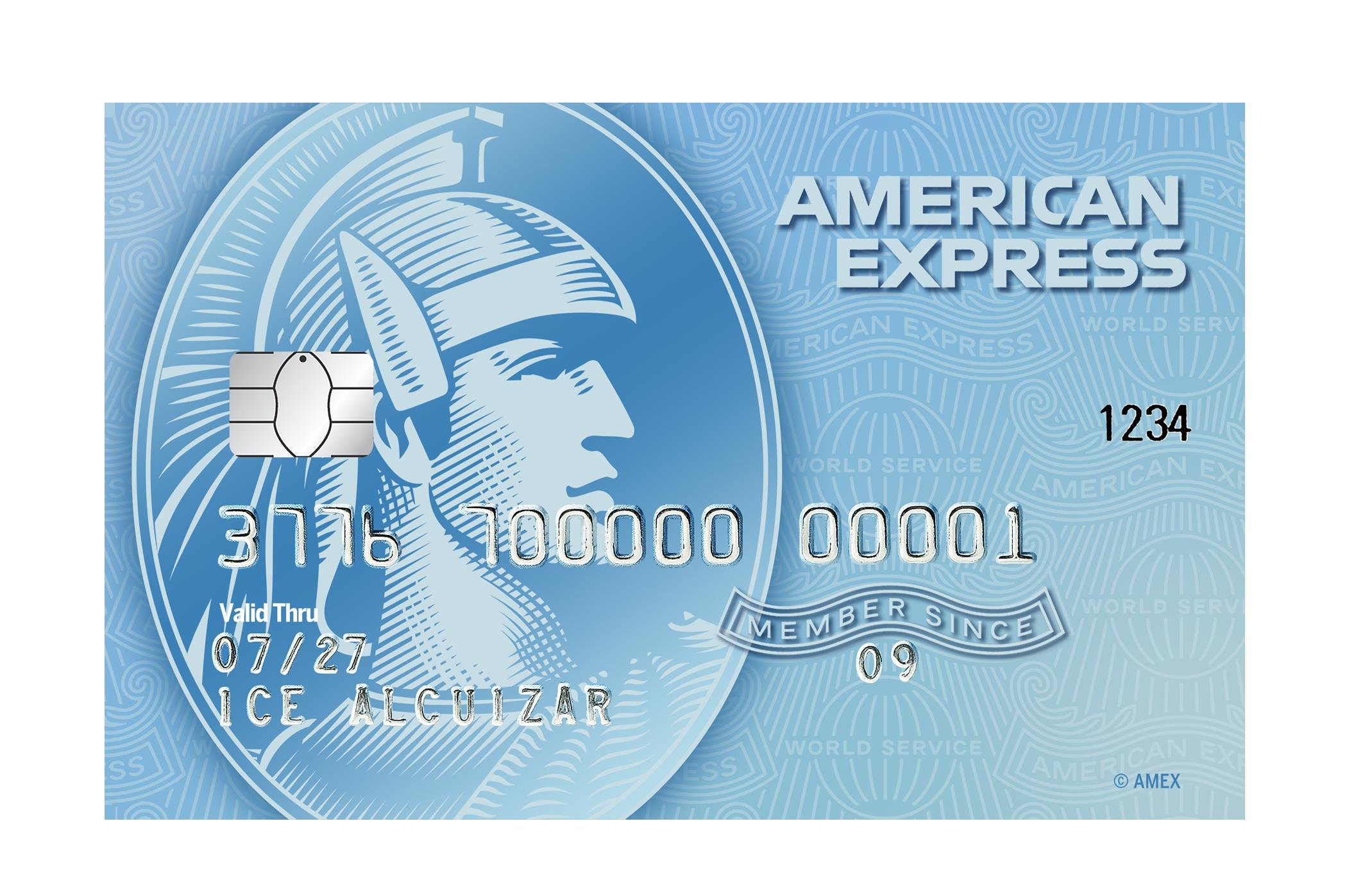

Finance
How Does Apr Apply To Secured Card?
Published: March 1, 2024
Learn how APR applies to secured cards and manage your finances wisely. Understand the impact of interest rates and make informed financial decisions. Discover more about finance and secured credit cards.
(Many of the links in this article redirect to a specific reviewed product. Your purchase of these products through affiliate links helps to generate commission for LiveWell, at no extra cost. Learn more)
Table of Contents
- Understanding the Role of APR in Secured Credit Cards
- Deciphering the Annual Percentage Rate (APR)
- Empowering Financial Progress with Secured Credit Cards
- Navigating the Impact of APR on Secured Credit Cards
- Navigating the Variables that Shape APR on Secured Credit Cards
- Empowering Informed Credit Management with APR Knowledge
Introduction
Understanding the Role of APR in Secured Credit Cards
When it comes to managing finances and building a solid credit history, understanding the nuances of Annual Percentage Rate (APR) is crucial. This is particularly true for individuals considering secured credit cards as a means to establish or rebuild their credit. In this comprehensive guide, we will delve into the concept of APR and its application to secured credit cards, shedding light on the factors that influence APR and how it impacts the overall cost of using a secured card.
Navigating the realm of credit cards can be daunting, especially for those who are new to the world of personal finance. With a myriad of terms and conditions, it's easy to feel overwhelmed. However, by breaking down the specifics of APR and its relevance to secured credit cards, individuals can gain a clearer understanding of how these financial tools function and make informed decisions that align with their long-term financial goals.
As we embark on this exploration, it's important to recognize that APR plays a pivotal role in the cost of borrowing on a credit card. Whether it's for making everyday purchases, covering unexpected expenses, or building credit, the APR directly influences the amount of interest accrued on outstanding balances. For individuals considering secured credit cards as a stepping stone to financial stability, grasping the implications of APR is paramount to managing their financial resources effectively.
Throughout this guide, we will unravel the complexities of APR and its application to secured credit cards, empowering readers to make informed choices and embark on their credit-building journey with confidence. Let's embark on this enlightening journey to demystify the role of APR in the realm of secured credit cards.
Understanding APR
Deciphering the Annual Percentage Rate (APR)
Annual Percentage Rate (APR) serves as a fundamental metric in the realm of credit and lending, encompassing the cost of borrowing funds over a one-year period. It represents the annualized cost of credit, inclusive of interest and certain fees, expressed as a percentage. When applied to credit cards, APR reflects the expense incurred when carrying a balance on the card, making it an essential factor for individuals seeking to comprehend the true cost of utilizing credit.
It’s important to note that APR isn’t solely based on the interest rate charged by the card issuer. Instead, it encompasses various costs, such as annual fees, balance transfer fees, and other finance charges, providing a comprehensive overview of the overall expense associated with maintaining a balance on the card. By encapsulating these components into a single percentage figure, APR simplifies the comparison of credit card offers and aids consumers in evaluating the most cost-effective options.
For individuals considering secured credit cards, understanding the nuances of APR is particularly crucial. Given that secured cards require an initial security deposit, often serving as the credit limit, the APR significantly influences the cost of carrying a balance. This underscores the significance of comprehending the interplay between APR and the overall expense of utilizing a secured credit card as a tool for building or rebuilding credit.
Furthermore, APR can be variable or fixed, with variable APRs fluctuating in tandem with changes in the prime rate or other financial benchmarks. This variability introduces an additional layer of complexity, as it impacts the total interest accrued over time. By gaining a firm grasp of these intricacies, individuals can make informed decisions regarding the optimal utilization of secured credit cards while minimizing unnecessary costs.
As we delve deeper into the realm of secured credit cards, it’s essential to recognize the pivotal role of APR in shaping the financial landscape for cardholders. By unraveling the intricacies of APR and its implications, individuals can navigate the credit card market with confidence, equipped with the knowledge to make informed decisions that align with their financial objectives.
Secured Credit Cards
Empowering Financial Progress with Secured Credit Cards
Secured credit cards serve as a valuable financial tool for individuals aiming to establish or rehabilitate their credit history. Distinguished by the requirement of a security deposit, which often determines the credit limit, secured cards offer a viable pathway for individuals with limited or damaged credit to access credit facilities. This unique characteristic sets secured cards apart from traditional unsecured credit cards, making them an accessible option for those navigating the complexities of credit building.
One of the primary advantages of secured credit cards lies in their ability to provide a controlled environment for individuals to demonstrate responsible credit management. By necessitating a security deposit, issuers mitigate the risk associated with extending credit to individuals with limited or blemished credit history. This, in turn, empowers cardholders to utilize the secured card as a stepping stone toward accessing unsecured credit in the future, provided that they exhibit sound financial habits.
Moreover, secured credit cards offer individuals the opportunity to establish a positive credit history, which is instrumental in securing favorable terms for future credit products, such as loans and mortgages. Through consistent and prudent utilization of the secured card, individuals can showcase their creditworthiness to potential lenders, laying a solid foundation for their financial future.
It’s important to note that while secured credit cards offer a gateway to credit accessibility, they are not immune to the influence of APR. The Annual Percentage Rate plays a pivotal role in shaping the cost of carrying a balance on a secured card, underscoring the significance of comprehending how APR factors into the overall financial equation.
As individuals embark on their credit-building journey with secured cards, understanding the interplay between APR and the responsible management of credit is paramount. By leveraging secured credit cards as a tool for financial progress and embracing the insights gleaned from comprehending APR, individuals can chart a course toward a robust and sustainable credit profile.
Applying APR to Secured Cards
Navigating the Impact of APR on Secured Credit Cards
When it comes to secured credit cards, the application of Annual Percentage Rate (APR) holds significant implications for cardholders. As individuals seek to leverage secured cards as a means to establish or rehabilitate their credit, understanding how APR influences the cost of borrowing is instrumental in making informed financial decisions.
APR plays a pivotal role in shaping the overall expense of carrying a balance on a secured credit card. Given that secured cards require an initial security deposit, often dictating the credit limit, the interplay between APR and the cost of borrowing becomes a critical consideration for cardholders. By comprehending the implications of APR, individuals can make informed choices regarding the utilization of their secured card, thereby optimizing its potential as a tool for credit building.
Furthermore, the responsible management of APR on secured cards entails a nuanced approach. Cardholders must strive to minimize the impact of APR by paying their balances in full and on time, thereby circumventing the accrual of interest. This prudent financial behavior not only contributes to a positive credit history but also mitigates the financial burden associated with APR, allowing individuals to harness the benefits of secured credit cards without incurring unnecessary costs.
It’s essential for individuals to recognize that the prudent utilization of secured credit cards, coupled with a keen understanding of APR, can pave the way for a robust credit profile. By navigating the implications of APR and adopting sound financial practices, individuals can harness the potential of secured cards to fortify their creditworthiness and lay the groundwork for accessing unsecured credit products in the future.
As individuals embark on their journey with secured credit cards, the judicious application of APR knowledge can serve as a guiding beacon, empowering them to navigate the complexities of credit management with confidence and foresight. By embracing the insights gleaned from comprehending the impact of APR on secured cards, individuals can harness the full potential of these financial instruments as catalysts for their ongoing financial progress.
Factors Affecting APR on Secured Cards
Navigating the Variables that Shape APR on Secured Credit Cards
Several key factors influence the Annual Percentage Rate (APR) associated with secured credit cards, each playing a pivotal role in shaping the cost of borrowing for cardholders. By comprehending these variables, individuals can gain insight into the nuances of APR and make informed decisions regarding the management of their secured cards.
1. Credit History: The credit history of the cardholder often serves as a foundational determinant of the APR on a secured credit card. Individuals with limited or impaired credit may encounter higher APRs, reflecting the perceived risk associated with extending credit to such individuals.
2. Market Conditions: The prevailing economic landscape and market conditions can influence the APR on secured credit cards. Fluctuations in benchmark interest rates and broader economic indicators may impact the APR, leading to adjustments in the cost of borrowing for cardholders.
3. Card Issuer Policies: Each card issuer establishes its own policies and criteria for determining the APR on secured credit cards. These policies encompass a range of considerations, including the issuer’s risk assessment, cost of funds, and competitive positioning within the market.
4. Regulatory Environment: Regulatory guidelines and mandates may exert an influence on the APR associated with secured credit cards. Compliance with consumer protection regulations and financial legislation can shape the parameters within which card issuers set APRs for secured cards.
5. Payment Behavior: The payment behavior of the cardholder, particularly in the context of their utilization of the secured card, can impact the APR. Responsible credit management, characterized by timely payments and prudent utilization of credit, may open avenues for APR adjustments over time.
By recognizing these factors and their impact on the APR of secured credit cards, individuals can navigate the intricacies of credit management with a heightened awareness of the variables at play. This understanding empowers cardholders to engage in informed financial practices, thereby optimizing the benefits of secured cards while mitigating the impact of APR on their overall cost of borrowing.
Conclusion
Empowering Informed Credit Management with APR Knowledge
As we conclude our exploration of the interplay between Annual Percentage Rate (APR) and secured credit cards, it becomes evident that a nuanced understanding of APR is instrumental in navigating the complexities of credit management. For individuals embarking on their credit-building journey with secured cards, comprehending the implications of APR empowers them to make informed decisions that align with their financial objectives.
Secured credit cards, distinguished by their requirement of a security deposit and tailored for individuals with limited or impaired credit, serve as a valuable tool for establishing or rehabilitating credit history. However, the impact of APR on the cost of borrowing cannot be overlooked. By recognizing the pivotal role of APR and its influencing factors, individuals can engage in responsible credit management, thereby optimizing the benefits of secured cards while minimizing unnecessary costs.
Furthermore, the judicious application of APR knowledge allows individuals to navigate the variables that shape the APR on secured credit cards, including credit history, market conditions, issuer policies, regulatory environment, and payment behavior. By acknowledging these factors, individuals can approach their credit management endeavors with foresight and awareness, leveraging secured cards as catalysts for their ongoing financial progress.
Ultimately, the fusion of APR comprehension and prudent financial practices creates a pathway for individuals to fortify their creditworthiness and lay a solid foundation for accessing unsecured credit products in the future. By embracing the insights gleaned from this exploration, individuals can harness the full potential of secured credit cards as vehicles for empowering their financial journey.
In closing, the knowledge gained from understanding the role of APR in the realm of secured credit cards equips individuals with the tools to navigate the credit landscape with confidence and insight. By leveraging this knowledge, individuals can embark on their credit-building endeavors with a clear understanding of the impact of APR and the strategies to optimize their financial progress. As they journey toward a robust credit profile, armed with APR knowledge, individuals can chart a course toward a future defined by financial empowerment and stability.














